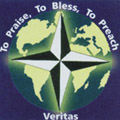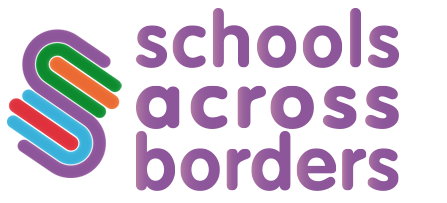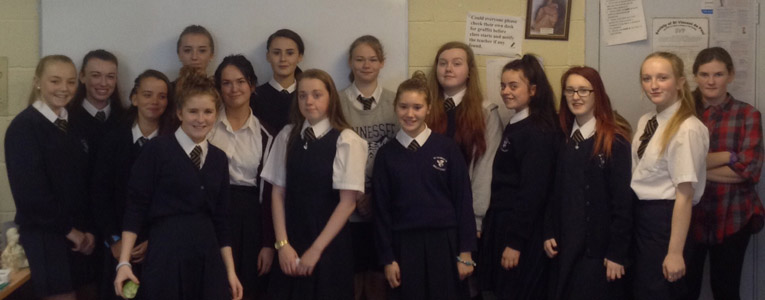 Location: Ballyfermot, Dublin, Ireland
Location: Ballyfermot, Dublin, Ireland
Teacher: Mr. Keith O’Brien
Student group: Transition Year (age 15-16 years)
School website: www.stdominicsballyfermot.ie
St Dominic’s is an all-girls school in the heart of Ballyfermot. We have over 350 students within the school. We in St. Dominic’s are committed to providing a Christian education inspired by the Dominican motto “truth” which fosters the development of the whole person.
1) What does the term “Global Citizenship” mean to you?
The students:
Everyone in the world is part of it. As a global citizen we should work for peace, to stop poverty, look after the earth, work for justice and make the world a better place.
Mr. O’Brien:
It means we are all part of the wider world and not in isolation. It is our duty as citizens of the world to fight for the rights of others in counties that maybe don’t have the same rights as us. We should be working for justice and peace on a global level. As John Donne said “No man is an island”.
2) Why do you think it’s important for young people in Ireland to engage in an exchange programme like this?
The students:
To learn about other cultures, lifestyles and beliefs. Its important to know about young people and our rights and what problems other young people face.
Mr. O’Brien:
It’s important that young people realise there is a bigger world outside and that they are important in that bigger world and can make a difference.
3) What would you say directly to the young people in our schools network?
The students:
Lets all look at the world in a new way and work together to make a difference
Mr. O’Brien:
Get involved, be open-minded, have fun, make a difference.
Blog
Progress Report 1
ISSUES THEMES 1: GLOBALISATION, DEVELOPMENT, INEQUALITY, INJUSTICE, POWER, CONFLICT
Step 1: Baseline Knowledge
1. How do you define each of the 6 key themes above?
Globalisation The whole of the world and how everything is connected
Development How we change and grow
Inequality Things are not equal
Injustice When someone or something is not fair
Power It’s what people in charge have and they use it for good and bad
Conflict Fighting and disagreement
2. Can you give examples of how they are reflected in local issues (in your community and in your country) ?
Globalisation Environmental issues, fair trade, factories closing down, Thornton’s recycling
Development Better roads, infrastructure need better places for young people, better places for travellers to live
Inequality Rich and poor, banks, old age people
Injustice How some people are treated by the police and government, poverty, homeless people
Power Government, church, big companies, banks
Conflict Northern Ireland, drug gangs, IRA, class members, families fighting.
3. Can you give examples of how they are reflected in global issues ?
Globalisation AIDS, street kids, environment, UN, EU, world getting smaller, TV
Development Poverty, hunger, aids, no water or schools, no money, rich don’t share
Inequality People starving on less then a dollar a day, rich get rich power stay poor
Injustice People can afford medication, kids being killed, no facilities, death penalty
Power USA, UN, China, Syria, Russia, EU
Conflict Syria, Israel and Palestine, Middle East, Africa
Step 2: Researching it further
We have watched all of the videos and looked at the map with the number of people that are poor.
What we have found interesting is the standard of living in other countries is much lower then in Ireland.
We like looking at the work of NGOs and how they go about their business. We felt neutrality is the most important aspect of the NGOs work.
Questions that came up were:
Why do we let bad things happen?
How can over 1 billion people be living in absolute poverty?
How can people not have clean water?
Child trafficking is an issue that has caught our attention when talking about power. Over 27% of people trafficked are children. Question arose about children’s rights and a good debate was had on the difference between child labour and trafficking.




